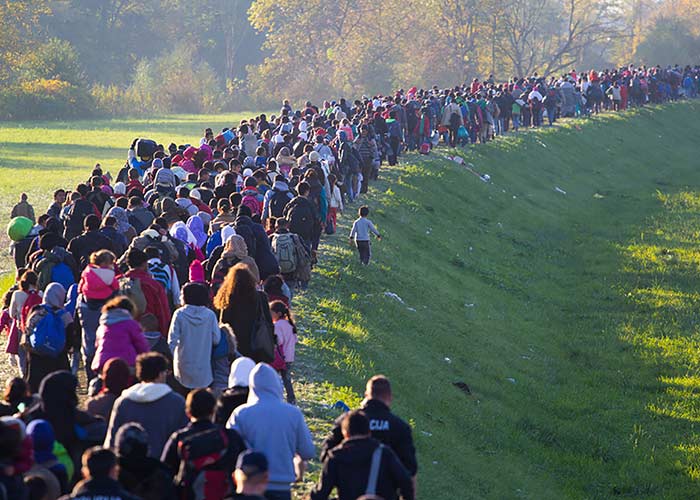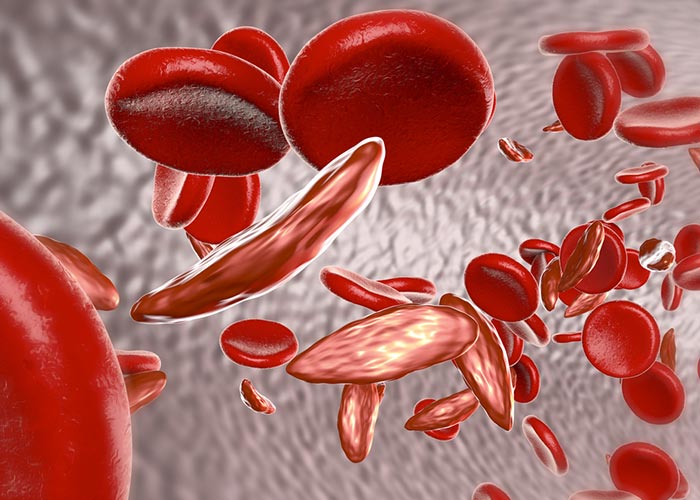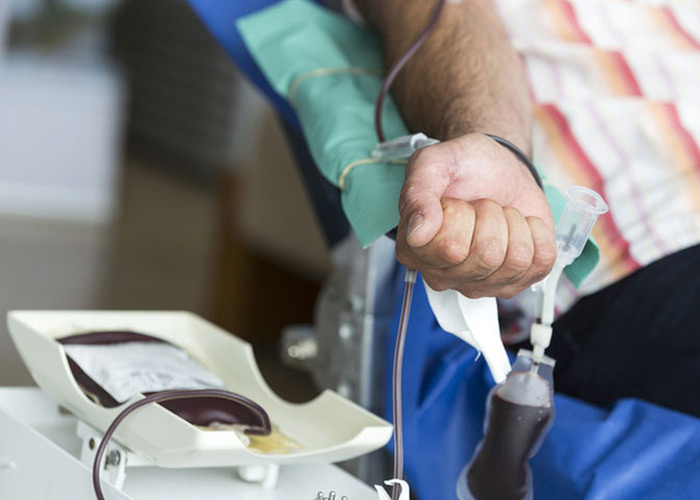In India, the National Mathematics Day is observed on December 22 every year. It is celebrated in order to honor the birth anniversary of the famous mathematician Sir Srinivasa Ramanujan. He was the world famous mathematician who made remarkable contributions in different fields and branches of the subject mathematics.
National Mathematics Day 2025
National Mathematics Day 2025 will be observed on 22nd December, Sunday across the nation.
Last year, various programmes and activities which were organised on this day. UGC had directed all the colleges and universities to organize talks and seminars along with different activities to commemorate the day. The topic of the programmes was ‘Mathematics of Life’ and ‘Application of Mathematics’. There was also a poster competition based on mathematics. The aim of these programmes was to boost the student’s interest in the field of mathematics.
The Department of Mathematics at Mysore University organised a lecture on mathematics on 22nd December. The lecture was given by Prof. S. Bhargawa, who is the Chairman of the Department of Mathematics. The programme was presided by Prof. G. Hemantha Kumar, the Vice Chancellor of the University.
A 4 day celebration was organised from 19th December to 22nd December by Manipur Science and Technology Council at NIELIT, Akampat. The celebration comprised of mathematics exhibition and competition for the students of class III to VIII. There was also a quiz competition for the students of class 9th and 10th. Various lectures, seminars, puzzle, science shows etc were also conducted in the 4 days celebration.
National Mathematics Day Theme
Theme for National Mathematics Day 2025 is yet to come.
Theme for National Mathematics Day 2024 was: “Mathematics for Everyone”.
Theme for National Mathematics Day 2021 was: “Mathematics: Friend or Foe”.
Theme for National Mathematics Day 2020 was: “Power of Vedic Mathematics for Competitive Edge”.
History of National Mathematics Day
The great Srinivasa Ramanujan took birth on December 22 in the year 1887 in Erode situated in the city of today’s Tamil Nadu. He read mathematics voraciously and started developing his own research in isolation in the beginning. Srinivasa was an autodidact; he was a self-taught person and never had any formal training in mathematics. He first solved the formal and regular mathematics when he was 10 years old. When he was at the school, he received several merit certificates and academic awards.
Ramanujan has greatly contributed towards mathematical analysis, number theory, infinite series and continued fractions. In the year 1913, Srinivasa Ramanujan came in contact with the European mathematicians for further developing his knowledge and interest towards mathematics. He was also elected to various societies organized for the debate and discussion on mathematics. He started exchanging letters with the world famous mathematician G. H. Hardy and ultimately moved to England in the year 1914. He spent around 5 years at Cambridge and issued a number of papers during his stay there.
For his memorable and great contributions towards mathematics, the birth anniversary of Srinivasa Ramanujan was declared as the National Mathematics Day in the year 2012 by the then Prime Minister of India Dr. Manmohan Singh. The year 2012 was celebrated as the National Mathematics Year across the country India for the first time.
Why Is National Mathematics Day Celebrated?
National Mathematics Day is celebrated in India for paying tribute to the great mathematicians of India. The former Prime Minister of India Dr. Manmohan Singh spoke about the great contributions of the world famous mathematicians and emphasized the necessity to carry their legacy forward by celebrating National Mathematics Day. The great Indian mathematicians such as Brahmagupta, Aryabhata, and Srinivasa Ramanujan have played a significant role in developing different formulas, theorems and theories on mathematics in India. And thus, it is important to promote and cultivate the magnificent tradition of Indian mathematics by celebrating National Mathematics Day.
The Prime Minister inaugurated the Centre for Higher Mathematics named after Ramanujan at the Alagappa University. He also said that the application of mathematics had been broadly accepted in the study of Economics, Science and various other disciplines.
Dr. Singh also acknowledged that our nation is short of proficient mathematicians and it is the duty of the community of mathematics to promote and make possible the research and study of mathematics as an educational discipline in India.
Dr. Singh paid tribute to the legendary Srinivasa Ramanujan and said that he was the great son of Tamil Nadu and India who made a remarkable contribution to the world of Mathematics worldwide. In order to remember and honor his memorable contributions to mathematics, the Indian government decided and announced to celebrate the National Mathematics Day annually on the birthday of Ramanujan. The year 2012 was declared as the National Mathematical Year.
The Governor of Tamil Nadu K. Rosaiah acknowledged that it was the hard work, vividness, and enthusiasm that made Srinivasa Ramanujan a legendary mathematician. The universities are also appealed to encourage students for research and development in mathematics. By celebrating the national mathematics day, a platform for research and development can be created. This platform would help the students and researchers to continue the legacy of development which had been long left behind by the original and founding fathers of mathematics and science.
How is National Mathematics Day Celebrated?
National Mathematics Day is celebrated across India at different schools, Colleges, Universities and Educational Institutions of India.
The announcement to celebrate National Mathematics Day on 22nd December was declared by Dr. Manmohan Singh, the former Prime Minister on the 125th birthday of Srinivasa Ramanujan.
The International Society UNESCO (The United Nations Educational, Scientific and Cultural Organization) and India agreed to work together for spreading the joy of learning and understanding mathematics. They also take various steps in educating the students on Mathematics and spread the knowledge to the students and learners throughout the world.
NASI (The National Academy of Sciences India) is the oldest Science Academy located in Allahabad. In order to celebrate the National Mathematics Day, NASI organized a 3-day workshop under the title ‘Emerging development in Mathematics and applications of Ramanujan in the area of q-Hyper geometric series’. The workshop was attended by the popular lecturers and experts in the field of mathematics from across the nation. The speakers spoke about the great contributions made by Srinivasa Ramanujan in the field of Mathematics in the country and the world level. The work of Ramanujan in the field of cryptography was also praised at the conference and the numerous theorems he created was appreciated too.
All the states in India celebrate National Mathematics Day in different ways. Various competitions and mathematical quiz are held at the school, college and university level. Mathematics genius and students from across India participate in events held on the day. The School of Mathematical Sciences of North Maharashtra University (NMU) located in Jalgaon celebrated the National Mathematics Day with great enthusiasm in the year 2015. Different types of Objective Test Competition, Quiz Competition, and Poster Presentation Competition were held. Suggested themes were ‘Indian Mathematics’, Mathematics for Life’ and ‘Application of Mathematics’. The themes and competition are basically intended to develop the knowledge of emerging students in the field of mathematics.
A Workshop on “Historical Progression of Mathematics” was also held at Jalgaon in 2015 celebration. It was planned for the Teachers of the College and the students at the Research Department of Mathematics. The workshop was an endeavor to offer a common platform for young teachers and researchers of the colleges. National Mathematics Day celebration focuses more on the Promotion and Development of Research related to Mathematics and the Prospects present in different fields of Mathematics.
Some more Suggestions for celebrating National Mathematics Day
India owns legendary Mathematicians such as Brahmagupta, Aryabhata, and Srinivasa Ramanujan. These legendaries have not only shaped the face of Indian Mathematics but have also gained tremendous popularity worldwide.
Every state in India must recognize the great contributions made by these mathematicians and celebrate the National Mathematics Day with great zeal and enthusiasm. The schools, colleges, and Universities at the state level must organize quiz, competitions and other cultural events for the celebration. This would not only create competitiveness in the students but would also enhance their knowledge.
The Engineering Colleges and Technical Institutes must also celebrate National Mathematics Day and Researchers and Developers from across the nation should be invited to deliver lectures and share their knowledge and experience. This would motivate the emerging engineering students. It would also offer a common platform to collectively tackle the problems faced in the field of mathematics.
About Srinivasa Ramanujan
Srinivasa Ramanujan is one of the greatest Indian mathematicians whose aids and contributions gave an entirely new meaning to mathematics. He was born on December 22, 1887, in Erode situated in Tamil Nadu, India. His theory of numbers consists of revolutionary findings of the properties of the functions of partition.
When he was only 15 years old, he found a copy of ‘Synopsis of Elementary Results in Pure and Applied Mathematics written by George Shoobridge Carr in the year 1886. The book is significant as it was the main source of information for the self-taught and legendary mathematician Srinivasa Ramanujan. It is also been said that the book played a huge role and is a key factor in arousing the brilliance and intelligence of Ramanujan. He reportedly studied and followed in detail each and every contents of the book.
After verifying the results and descriptions in Carr’s book, Srinivasa Ramanujan went beyond and developed his own ideas and theorems. In 1903 he won a scholarship to the ‘University of Madras but lost it later in the following year as he ignored all other studies related to mathematics. This did not discourage him and he continued his research and work without any employment.
He lived in the poorest conditions and was determined towards his research work. He got married in the year 1909 and started searching for everlasting employment; this led him to meet one of the government officials, Mr. Ramachandra Rao. Mr. Rao was highly impressed by the mathematical knowledge and prowess of Ramanujan. Mr. Rao even agreed to support Ramanujan’s research for a certain time. But Ramanujan was not willing to continue with any work on charity and ultimately he obtained a clerical position with the Port Trust, Madras.
In the year 1911, Ramanujan got his first paper issued in the Journal confined to the Society of the Indian Mathematics. His outstanding ability and intelligence gradually started gaining popularity and in the year 1913, he started communicating with Godfrey H. Hardy, the famous British mathematician. This interaction helped Ramanujan in gaining a special scholarship from the Madras University and a funding from Trinity College in Cambridge. Ramanujan overcame his religious protests and traveled to England in the year 1914 to meet Hardy. He enhanced his knowledge further and Hardy taught him several formulas, theorems, etc related to mathematics. Hardy even did some research in association with Ramanujan during his stay in England.
Ramanujan’s worked out the majority of the mathematics formulas himself and his knowledge was amazing. Even though, Ramanujan was nearly unacquainted of the modern developments which were taking place in mathematics, his expertise over continued fractions was incomparable with any mathematician that lived during that time. He worked upon the elliptic integrals, the functional and practical equations of the zeta function, the Riemann series, the hyper geometric series and his own theory of various series.
Ramanujan made complementary advances during his stay in England. He especially improved his knowledge and wrote several papers describing a partition of numbers. His papers got issued in English and in European journals. He even got elected to the Royal Society of London Royal Society in the year in 1918. Unfortunately, in the year 1917, Ramanujan got contracted with tuberculosis. His condition though improved significantly and he returned to India in the year 1919. Ramanujan passed away the following year on April 26, 1920, in Kumbakonam. He left behind 3 notebooks and a bundle of pages which was also known as the “lost notebook”. The bundle contained several unpublished results of mathematics that were continued to be studied and verified by different mathematicians for a long time post his death.
Conclusion
India has produced various scholars in different fields. One of such legendaries is Srinivasa Ramanujan who made an astonishing contribution to the mathematical analysis, infinite series, and number theory. He also introduced several equations and formulas. The Ramanujan theta and Ramanujan Prime discovered by S. Ramanujan has been inspiring various researchers for further research and development on the subject. Thus, by celebrating National Mathematics Day on the birth anniversary of Srinivasa Ramanujan, we would pay tribute to this legend and would also be able to sustain the mathematical culture of India.






